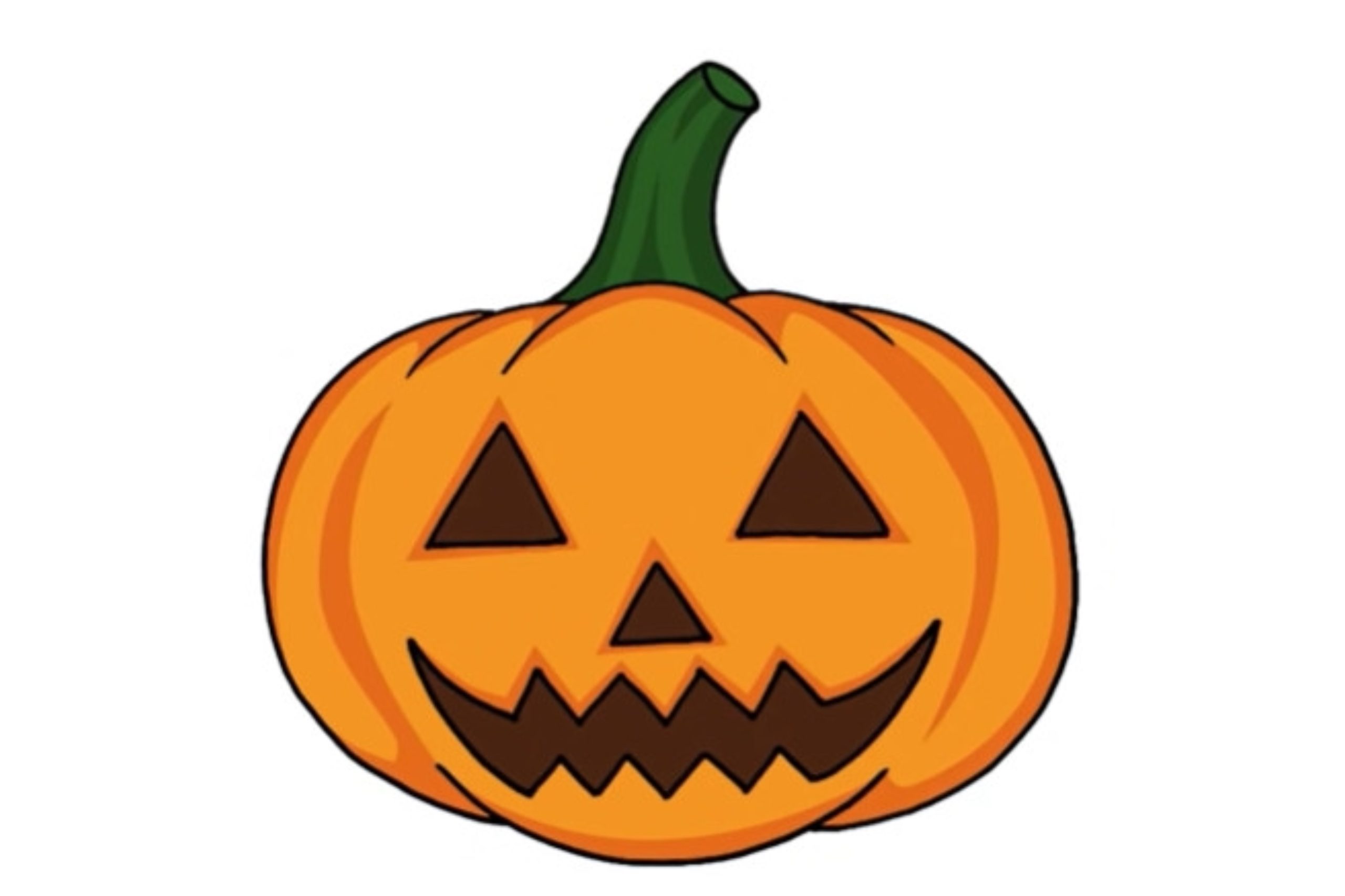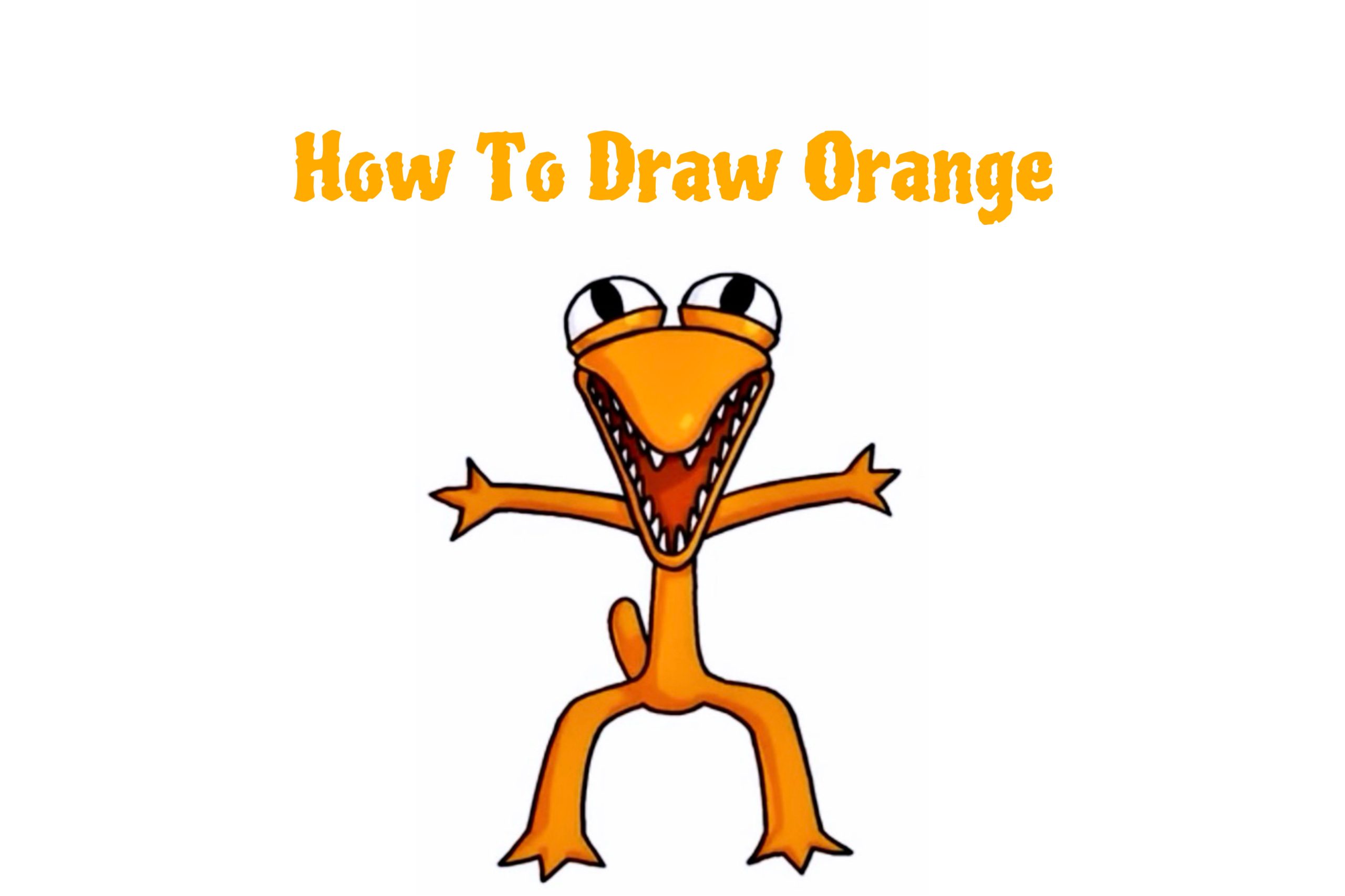Coloring Techniques, Coloring TOOLS
Advanced Coloring Techniques With Markers
Discover the simplest, most beautiful ways to color with markers through detailed guidance and advanced coloring techniques from Jorz.art. Master the art of coloring with markers now!
I. Introduction
Markers have become a popular and professional coloring medium in the art world. Before exploring related information about their usage, it’s essential to understand the characteristics of the colors. Marker colors are primarily divided into two types: oil-based and water-based.
In terms of characteristics, oil-based colors yield more beautiful results. They produce uniform strokes and dry much faster. For individuals wanting to draw landscapes, water-based colors should be chosen. This type of color has a more distinct layering effect. Moreover, water-based colors are cheaper than oil-based ones. They are also more suitable for those new to painting.
On the other hand, oil-based colors are characteristic and suitable for professional artists. Therefore, customers can choose the appropriate colors depending on their needs and skill level.
1. Benefits
Using markers for coloring allows us to express our creativity and has other benefits. Coloring with markers can help improve focus and reduce stress. Additionally, coloring can also help us relax and create unique art pieces. In the following sections, let’s learn about the simplest, most beautiful ways to color with markers.

2. Guide to Using Markers Effectively
Before coloring with markers, we must prepare the necessary tools and materials. Here are some points to note for the best expert coloring technique experience.
- Choosing the right markers
Choosing suitable markers will affect the final result of the coloring work. To use durable markers and create beautiful drawings, you should not use them randomly. Initially, you must use a pencil to sketch the drawing. Then, create a complete layout of that drawing.
Then, you will use colored pens to illustrate the lines of the drawing more clearly. This is a crucial step in creating a complete drawing. At the same time, it certainly brings a beautiful and aesthetically valuable drawing.
- During the coloring process,
After choosing suitable markers, we need to prepare paper and coloring materials. In addition, during the coloring process, you should pay attention to fully coloring the border. These borders, sketched beforehand, will create a beautiful drawing. For the central part of the drawing, you use marker colors to color the drawing.
Note that you can choose the primary color tones for the drawing. But you should avoid creating too many dark or bright colors during coloring. Next, you must pay attention to the background of the drawing you are coloring. Usually, you should use gray as the leading color tone to make the color fresher and more harmonious.
By this stage, you are almost about to complete the drawing. Finally, you can use colored pencils or crayons to create small strokes. From there, create harmony and unity for the drawing. In addition, you can use a pencil to create the faintness of the far side of the drawing.

Related topic: Art Markers Drawings: Unleashed Creativity
II. Essential Steps to Color with Markers
Next, we will explore the basic steps of coloring with markers. These are fundamental techniques and principles that help us color beautifully and sharply.
1. Using Fine Line Technique to Create Sharpness
The refined line technique is basic yet essential in coloring with markers. We can create thin, sharp strokes using a pointed marker tip and light pressure. This helps us color in detail and create beautiful works of art.
2. Creating Contrast by Using Multiple Colors
To color most beautifully, we should create contrast using various colors. Using multiple colors makes the artwork vibrant and creates interest and creativity. Try combining different colors to create unique and eye-catching effects.
3. How to Use Markers to Create Blurred Effects
One of the unique techniques that we can apply when coloring with markers is creating blurred effects. Using a wide marker tip and intense pressure, we can create blurred color areas and smooth transitions between different color areas. This makes the coloring artwork richer and more creative.
III. Advanced Coloring Techniques With Markers
In addition to basic techniques, we can also apply advanced coloring techniques to create unique and eye-catching effects. Here are two popular methods that you can try using:.
1. Gradient Coloring Technique
The gradient coloring technique is a popular and eye-catching technique. Combining colors from light to dark or one color to white can create smooth and eye-catching color transitions in our work. Try applying this technique to create unique coloring works.
2. Creating Light and Shadow with Markers
Creating light and shadow is one of the more advanced coloring techniques. By using white or light-colored markers, we can create light and shadow effects on the objects in our work. This makes the artwork more vibrant and realistic.
3. Creating Texture with Strokes
Stroke diagonally but put intense pressure on the pen, then lighten gradually (create a fading effect).
Stroke similarly as above, but add one pen direction in reverse and almost start at one point (create a pressing effect).
Dot Trame: use the pen tip to dot according to the density, from thick to thin.
Dot the pen while rotating the wrist in a circle, also according to the density, from thick to thin.
Use a medium color; the pen tip lies obliquely and evenly disperses color on the paper surface. Use white to color over one corner and black over the opposite corner (the color property changes between black and white, meaning dark and light).

IV. FAQ
1. How do you prevent marker ink from smudging?
To prevent marker ink from smudging, we can implement the following measures:
Use high-quality paper to avoid ink smudging.
Ensure the marker tip is clean before and after use.
Cap the marker when not in use to avoid exposure to air.
2. Do I need to use a diverse color set?
Using a diverse color set will give us more choices and diversity in our coloring artwork. However, using a variety of color sets is not mandatory. We can color most beautifully and simply with just a few primary colors. The most important thing is to use colors creatively and flexibly.
3. Where should I color to find inspiration?
You can find inspiration from various sources, such as nature, art, and online reference materials. Observe the colors around you and try to create similar effects in your drawing.
Coloring with markers using advanced techniques is a creative and exciting activity. With basic techniques and principles, we can color most beautifully and simply. Try applying the methods shared in this guide to create unique and creative coloring works. With markers and your creativity, there are no limits to creating beautiful works of art.
Discover the simplest, most beautiful ways to color with markers through detailed guidance and advanced coloring techniques from Jorz.art. Master… View More









